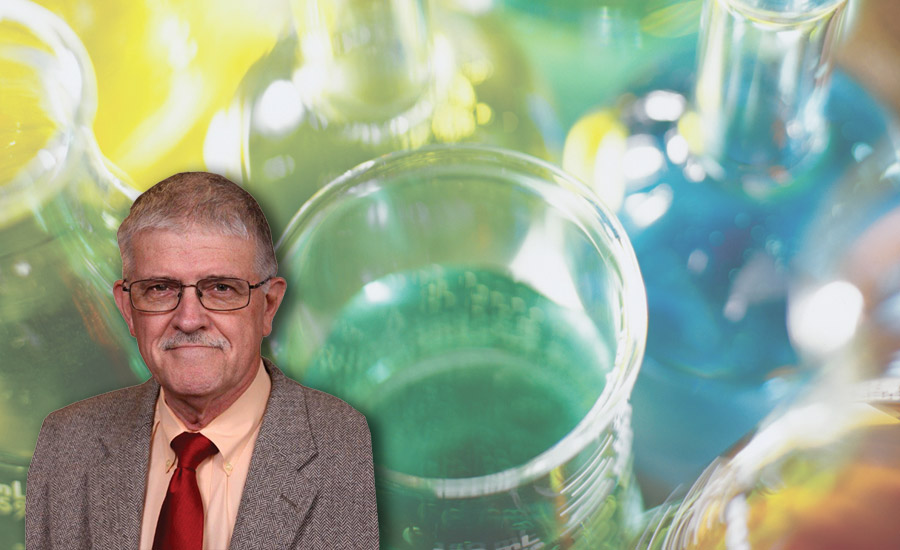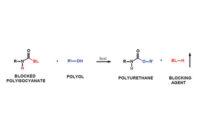An important concept to learn is critical pigment volume concentration (CPVC). Understanding this concept is essential for formulating high-performance coatings. In fact, it’s an “elephant in the room” for many formulators—ignored at our peril.
Recent articles1,2 on CPVC are timely: many coatings formulators from the last 30-40 years have since retired or moved into other areas of the industry. As a result, those who remain or are just beginning their formulator careers need to be educated in key aspects of coatings technology. CPVC is one of those key aspects that needs recognition and respect.
“Critical Pigment Volume Relationships” is a seminal paper from 1949 that has been repeatedly referenced in the industry.3 I recommend that any serious coatings formulator read it. The article’s authors introduce the CPVC concept and show examples of how important it is to know how close one’s formulated paint might be to CPVC. They define CPVC as the transition point above or below which substantial differences in the appearance and behavior of a paint film will be encountered. They then present dramatic proof of how characteristics such as gloss, blistering, rusting, and permeability are affected by formulating above or below the CPVC.
Nanetti4 points out that sometimes CPVC is intentionally exceeded for price considerations or application concerns; for example, interior wall paints and putties. He defines CPVC as the condition wherein the amount of film former, contained in the coating film, just suffices to fill all hollow spaces between the pigment and extender particles. By exceeding the CPVC, the permeability of the film increases abruptly and film properties connected to permeability change conspicuously and often negatively. When corrosion protection is of prime importance, CPVC should not be exceeded; to do so will compromise corrosion protection.
One often hears that CPVC is a function of both pigment and binder. However, one does not often hear that fineness of grind affects the CPVC of a paint film. Asbeck and Van Loo present sedimentation data to show that CPVC of a given coating system is a function of the degree of agglomeration or dispersion in which the system exists. Thus, a highly dispersed system shows high CPVC; a poorly dispersed system shows low CPVC in relation to the fundamental packing characteristics of the pigment— particle size distribution, shape, surface characteristics, surface treatment, etc., of the pigment particles.
Measurement of CPVC is often done empirically by determining at what PVC there is a critical change in film properties such as gloss. CPVC can be calculated from the oil absorption (OA) of the pigment in question.2,5
Today’s coatings formulators need to appreciate the substantial changes in the appearance and behavior of paint at CPVC. CPVC is influenced by fundamental packing characteristics of the pigment or combination of pigments involved, type of binder employed, types of special wetting agents present, and the fineness of grind of the paint system.
Raymond Stewart is a senior scientist, General Industrial Coatings, for Bayer MaterialScience. For additional information on the topics addressed or to ask another question, email jeff.dormish@bayer.com with the subject line “Polyurethane Q&A.”
Any views or opinions expressed in this column are those of the author and do not represent those of ASI, its staff, Editorial Advisory Board or BNP Media.
References
1. Beetsma, J., “Pigment Volume Concentration Part I,” UL Prospector, August 1, 2014.
2. Lewarchik, R., “Effect of Pigment Volume Concentration on Coatings Properties Part II,” UL Prospector, August 15, 2014.
3. Asbeck, W.K., Van Loo, M., “Critical Pigment Volume Relationships,” Industrial and Engineering Chemistry, Vol. 41, No. 7, pp. 1470-1475.
4. Nanetti, P., “Coatings from A to Z,” Hannover, Vincentz Network, 2006, p. 69.
5. Wicks, Jones, Pappas, and Wicks, Organic Coatings: Science and Technology, 3rd Ed., Hoboken, John Wiley and Sons, 2007, p. 463.



